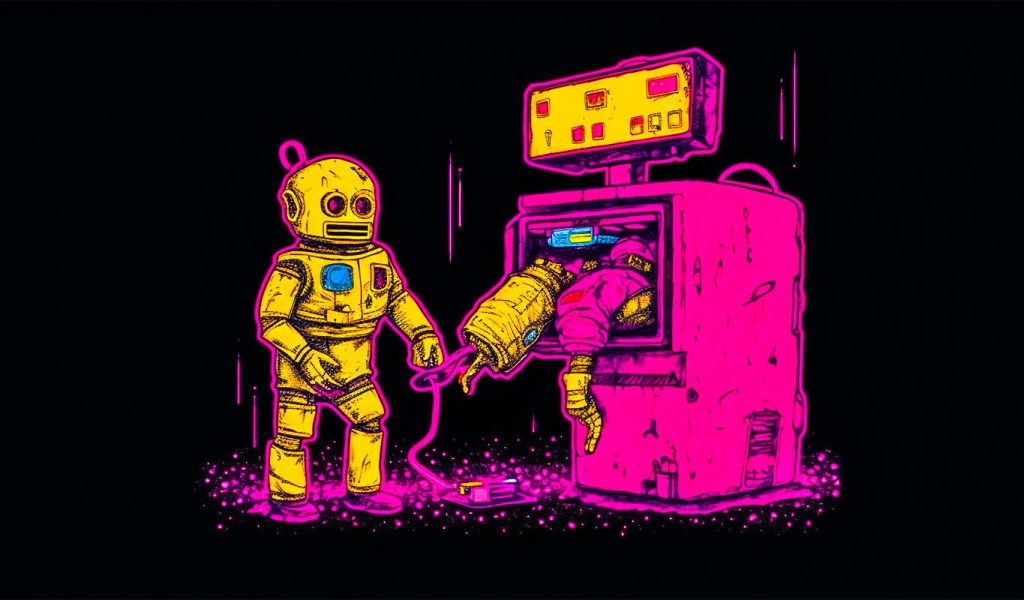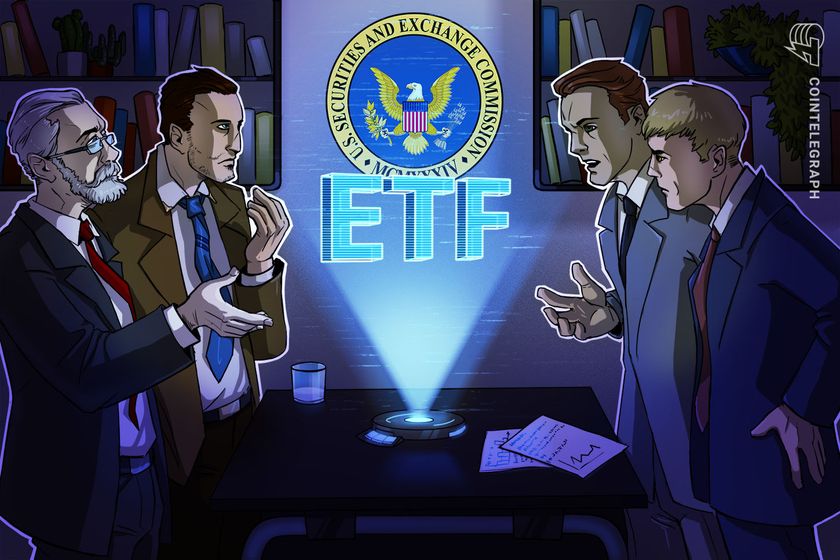
How AI Can Bridge the Language Barrier in Crypto
HodlX Guest Post Submit Your Post
Ever since Web 3.0 captured the attention of the public eye during 2021’s bull run, smart contracts and their potential as a new technological resource have inspired ambitious research into transformative use cases across a multitude of industries.
However, even though the phrase ‘smart contract’ has become almost as ubiquitous as the word ‘crypto’ itself, their track record remains unimpressive in the real world and the number of people who have ever actually seen one remains low.
The fact that only developers can read and understand them made smart contracts unlikely candidates for ever becoming ‘real’ contracts.
And their most valuable feature being unbreakable could not increase productivity and safety in a lot of practical use cases because to most people, smart contracts remain a riddle wrapped up in an enigma.
But it is for historical reasons alone that we don’t expect programs to be readable by humans who are not developers.
This carries a high cost of opportunity that we pay, mostly, because we don’t know better.
An obvious solution to this unique problem is harnessing the power of AI, which has the potential to enable improvements to human quality of life and the creation of new opportunities that are difficult for us to imagine from our current base of understanding
The future of smart contracts and AI
Smart contracts can be used in place of intermediaries in many industries as diverse as insurance, mobility, real estate, entertainment, fine arts and law.
Any industry that currently requires a third party to verify a contract or method of exchange can and will be disrupted by the application of smart contracts, which will dramatically reduce cost.
AI has the ability to bridge the divide between smart contracts and non-technical individuals to make smart contracts accessible and useful for mainstream use cases.
This can happen in two ways AI can help with translating existing smart contracts into plain English or it can help by translating plain English into smart contracts.
Either way, with generative AI we run into the problem of hallucinations, which are of special concern for program code that has a lot of value riding on it and so must be guaranteed to be exact.
On the periphery, the problems of bias and resource hunger lurk.
That’s where a special kind of AI comes into play that is in many respects the opposite of what is understood as AI today.
This type of AI is called ‘symbolic AI,’ because it is human-readable and closer to how we think.
Unlike generative AI, it is not based on statistics and does not have to be trained with data. It does not consist of nameless data patterns.
Instead, a human can follow its reasoning, and its algorithms can clearly express business logic.
Symbolic AI brings to the table what is needed to bring smart contracts and blockchain technology to the next level ransparency, accessibility and precision.
It does not have bias. It does not suffer hallucinations. It is not operated by creative prompts but accepts clear commands. It is also vastly more economic than ML (machine learning) as it does not rely on data pools and server centers.
This is the type of AI that is needed for smart contracts. It makes smart contracts transparent without fail.
So, how does human and machine-readable programming manifest in practice?
The future of Web 3.0 without a coding language barrier is particularly bright because it will allow Web 3.0 to make good on its promise of making transactions more transparent, open, cost-effective and seamless.
Today, crypto faces a great deal of criticism from those outside the industry particularly as a result of bad actors in the space.
However, smart contracts made transparent through the use of symbolic AI can help shift the public’s perspective when it comes to Web 3.0.
Once everyone is able to read smart contracts for themselves, everything will change.
While some may argue that easily readable smart contracts and their potential to replace middlemen will result in fewer human jobs, this is not the case. Jobs will simply change.
The use of readable smart contracts for a long tail of small commerce will grow the economy on the whole and create many valuable jobs.
For example, the combination of AI and blockchain is giving rise to the new profession of the legal engineer, who might be regarded as the complement to prompt engineers of ChatGPT.
Not so much tinkerers in this case, though, but masters of a new type of legalese that is understood perfectly by computers and humans alike.
Both AI and blockchains are potent technologies. Much like iron, steam or jet engines, they will see different use cases.
But the synergy of symbolic AI and smart contracts is a shining example of how AI is set to improve our world.
Symbolic AI, most of all, increases transparency. That is always a good thing.
This is why, even though some critics think that AI will usher in a new dystopian era, the fact of the matter is that AI-enabled smart contracts will help and not hinder the lives of humans everywhere.
Their use will be the hallmark of functioning societies, as dictatorships do not need transparency and accessibility.
Transparent smart contracts will enormously improve productivity and transform how business is done and by whom.
With both blockchain and AI, we are talking about higher forms of automation.
They exist in the same technical space in the end they are both software and data which is why they are such a great match.
Both are mind-boggling. Together they will be transformative.
In tandem, ‘trustless AI’ human-readable, transparent smart contracts on the blockchain will lift mankind to a new level and open new chapters in commerce, finance and governance.
Henning Diedrich is the creator of Lexon, a programming language that makes blockchain smart contracts readable in plain English. Previously, Henning worked in various capacities as a programming expert at IBM. Notably, he was the first architect of IBM’s blockchain Hyperledger and the liaison to the Ethereum developing team, including Vitalik Buterin.
Follow Us on Twitter Facebook Telegram

Disclaimer: Opinions expressed at The Daily Hodl are not investment advice. Investors should do their due diligence before making any high-risk investments in Bitcoin, cryptocurrency or digital assets. Please be advised that your transfers and trades are at your own risk, and any loses you may incur are your responsibility. The Daily Hodl does not recommend the buying or selling of any cryptocurrencies or digital assets, nor is The Daily Hodl an investment advisor. Please note that The Daily Hodl participates in affiliate marketing.
The post How AI Can Bridge the Language Barrier in Crypto appeared first on The Daily Hodl.
Go to Source
Author: Henning Diedrich







